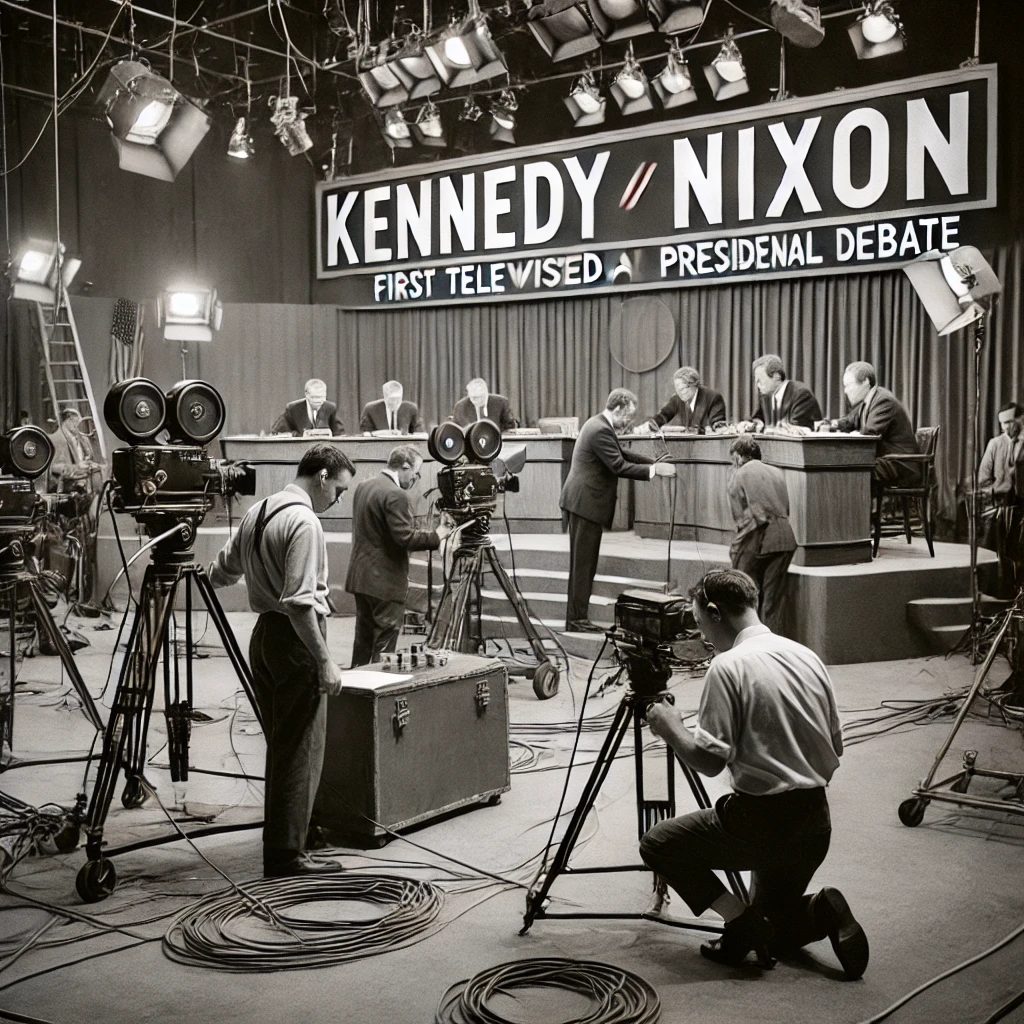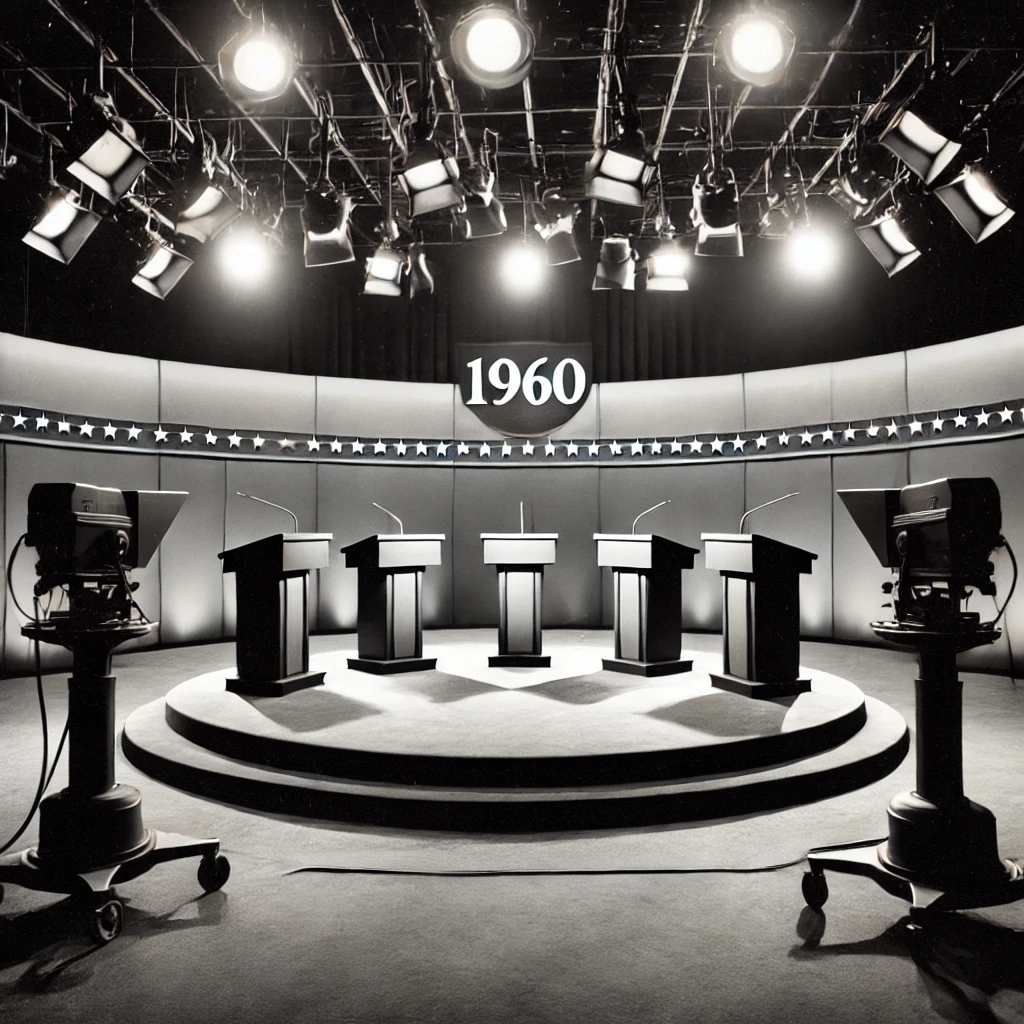On September 26, 1960, the United States witnessed a groundbreaking moment in political history with the first televised presidential debate between Senator John F. Kennedy and Vice President Richard M. Nixon. This event, broadcast to an estimated 85 to 120 million viewers, marked a significant shift in how candidates would engage with the electorate, forever changing the landscape of political communication in America.

The Context of the Debate
The 1960 presidential election was set against a backdrop of significant social and political changes. The Cold War was in full swing, civil rights movements were gaining momentum, and America was facing numerous domestic challenges. Both Kennedy and Nixon sought to present their visions for the future, making the debate a crucial opportunity to connect with voters. As the first of its kind, this debate represented a new era in political campaigning, where visual presentation and public perception became increasingly important.
The Format and Performance
The debate took place at CBS studios in New York City and was moderated by journalist Howard K. Smith. It consisted of four segments, focusing on different issues, including domestic policy and foreign affairs. Kennedy, youthful and charismatic, appeared confident and composed, while Nixon, recovering from an illness, looked fatigued and less engaging. The visual aspect of the debate played a crucial role in shaping public perception; those who listened on the radio believed Nixon had won, while television viewers overwhelmingly favored Kennedy.

The stark contrast in their appearances and demeanor highlighted the emerging importance of television in politics. For many viewers, this debate marked the first time they could see and assess the candidates directly, impacting their opinions and preferences in a way that radio alone could not.
The Impact on Future Campaigns
The 1960 debate set a precedent for future presidential campaigns, demonstrating the power of television as a political tool. Candidates realized that image and presentation could significantly influence voter perceptions. Subsequent elections saw candidates adapting their strategies to engage with television audiences, leading to more polished performances and carefully crafted public personas. The influence of televised debates continued to grow in subsequent elections, becoming a staple of the American political process. Today, presidential debates are a central component of campaign strategy, shaping the narrative and influencing public opinion in real-time.
Lasting Significance
The first televised presidential debate between Kennedy and Nixon had a profound and lasting impact on American politics. It underscored the importance of media in shaping political discourse and introduced a new level of scrutiny to candidates. The visual medium allowed voters to assess candidates not only on their policies but also on their character and charisma, fundamentally altering how politicians interact with the electorate. Furthermore, the debate highlighted the growing importance of engaging younger voters, who were increasingly turning to television for information. This shift in communication dynamics has influenced how political campaigns are designed and executed, with an ongoing emphasis on multimedia strategies and direct engagement with constituents.

Cultural Reflections
The cultural significance of the 1960 debate extends beyond politics. It reflected broader societal changes, including the growing role of media in everyday life and the increasing visibility of political figures. The debate became a cultural touchstone, discussed not only in political circles but also in popular media, shaping the public’s understanding of politics and governance. As a result, the debate has been referenced in various forms of media, from films to documentaries, serving as a reminder of the intersection between politics and popular culture. It remains a critical moment in American history, illustrating how media can influence democracy and public opinion.
Conclusion
The first televised presidential debate on September 26, 1960, was a watershed moment in American political history. It fundamentally changed the way candidates interacted with voters and highlighted the significance of media in shaping public perceptions. As we reflect on this historic event, it becomes clear that the impact of televised debates continues to resonate in today’s political landscape, influencing how campaigns are conducted and how candidates connect with the electorate. The legacy of this debate serves as a reminder of the power of communication in democracy and the evolving nature of political engagement.
